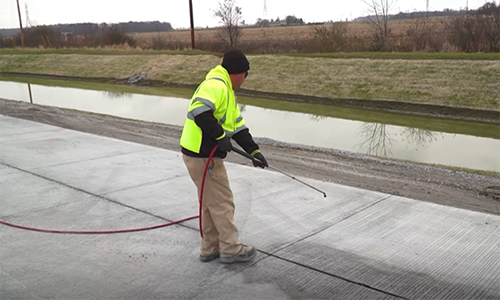By Jon Straw
History cannot be rewritten and a bad, but legal, bargain cannot (should not) be undone. Also in this story, a reminder to primes and higher-tier subs to confirm (when possible) flow down of key subcontract provisions. L&A Contracting Co. v. Louisiana DOT, et al., 2022 CW 1301, 1302, and 1194 (Aug. 16, 2023).
The Louisiana Department of Transportation and Development (DOTD) contracted for repairs to over 2,600 bridge support pilings to portions of U.S. Highway 11 over Lake Pontchartrain. The contract included a unit price of $2,500 for each bridge support piling, including materials, labor, overhead, and profit. (Actual unit prices have been altered and simplified in this explanation.)
Prime sought proposals from two subcontractors (Sub1 and Sub2) for the work and materials. Sub1’s proposal was to furnish and install all work. Sub2’s proposal was to provide materials and furnish some onsite support. Neither proposal included a breakdown of costs for materials, labor, services, etc.
Prime subcontracted with Sub1 at a unit price of $2,000 each ($1,500 of which was for materials only). In turn, Sub1 subcontracted with Sub2 for materials only at $500 each.
Sub2 delivered materials and submitted invoicing to Sub1 who, in turn, submitted its invoicing to Prime and Prime submitted to DOTD. Sub2’s unit pricing ($500) was indicated in its invoicing to Sub1. Sub1’s invoicing indicated only Sub1’s unit pricing ($1,500). Prime submitted Sub1’s invoicing and DOTD promptly paid at Sub1’s unit pricing ($1,500).
For unrelated reasons, Sub1’s subcontract was terminated a few months after beginning performance.
Thereafter, Sub2 submitted its final invoice directly to Prime, and Prime submitted it to DOTD. At this point, DOTD learned that Sub2’s unit price was only $500 (previously, DOTD had known that Sub1’s unit pricing was $1,500).
With this new knowledge, DOTD argued it had overpaid the first set of invoices, so DOTD refused to pay the final invoice in full. All parties agreed that the materials supplied were incorporated into the project.
In support of non-payment, DOTD argued it was only obligated to pay the actual cost of materials (i.e., Sub2’s $500 unit price), and that it had previously overpaid for improper markups added by Sub1 to Sub2’s pricing.
The trial court entered judgment against DOTD and in favor of Prime to recover amounts owed to Sub2.
On appeal, the Appellate Court affirmed the trial court’s ruling against DOTD, reasoning that, by statute, the DOTD was obligated to pay the “invoice price” or “cost” of the work. Here, the “price” or “cost” was set by the prime contract at $2,500 per unit. This agreed price or cost controlled between DOTD and Prime regardless of how much less Sub2 received for each unit ($500).
Frankly, this is as it should be – the parties get what they each bargained for, even if it later seems like a bad bargain.
And here is the reminder to primes and higher-tier subs: While the prime sought payment from DOTD, Sub2 concurrently (not surprisingly) sought payment from the Prime. The Prime tried relying upon a pay-if-paid clause to argue that no payment was due to Sub2 since DOTD had not paid the Prime.
However, the pay-if-paid clause at issue was in the subcontract between Prime and Sub1. There was no subcontract between Prime and Sub2, so there was no pay-if-paid clause as between Prime and Sub2.
Many subcontracts between prime and subs require that higher-tier subs flow down certain clauses (e.g., pay-if-paid) in agreements with lower-tier subs. Primes and higher-tier subcontractors should confirm (when possible) that such clauses have been flowed down.
Nevertheless, in this case, the Appellate Court also reasoned that the Prime had no pay-if-paid defense because the same court held in a prior, unrelated case that the prime had no pay-if-paid defense on a public project where the claimant was an unpaid subcontractor. R&B













